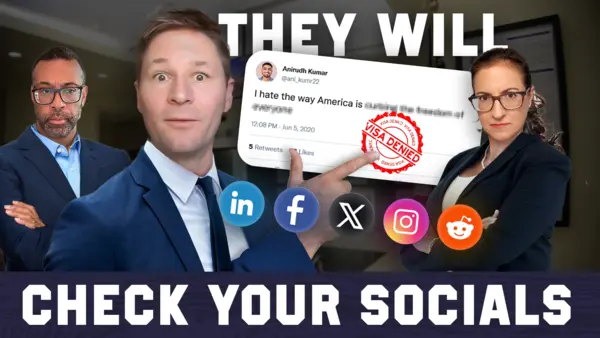Events & Promotions
|
|

GMAT Club Daily Prep
Thank you for using the timer - this advanced tool can estimate your performance and suggest more practice questions. We have subscribed you to Daily Prep Questions via email.
Customized
for You
Track
Your Progress
Practice
Pays
Not interested in getting valuable practice questions and articles delivered to your email? No problem, unsubscribe here.
- Nov 18
11:00 AM PST
-12:00 PM PST
Join us in a live GMAT practice session and solve 30 challenging GMAT questions with other test takers in timed conditions, covering GMAT Quant, Data Sufficiency, Data Insights, Reading Comprehension, and Critical Reasoning questions. - Nov 22
11:00 AM IST
-01:00 PM IST
Do RC/MSR passages scare you? e-GMAT is conducting a masterclass to help you learn – Learn effective reading strategies Tackle difficult RC & MSR with confidence Excel in timed test environment - Nov 23
11:00 AM IST
-01:00 PM IST
Attend this free GMAT Algebra Webinar and learn how to master the most challenging Inequalities and Absolute Value problems with ease. - Nov 25
10:00 AM EST
-11:00 AM EST
Prefer video-based learning? The Target Test Prep OnDemand course is a one-of-a-kind video masterclass featuring 400 hours of lecture-style teaching by Scott Woodbury-Stewart, founder of Target Test Prep and one of the most accomplished GMAT instructors.
Kudos
Bookmarks
Easy one, straight B.
Conclusion: if Congress institutes a subminimum wage, a new lower legal wage for teenagers, the teenage unemployment rate, which has been rising since 1960, will no longer increase. ----employer give job on the basis of need of people. this step will may be decrease there bare min rather decrease employment rate. only B is on the lines.
Conclusion: if Congress institutes a subminimum wage, a new lower legal wage for teenagers, the teenage unemployment rate, which has been rising since 1960, will no longer increase. ----employer give job on the basis of need of people. this step will may be decrease there bare min rather decrease employment rate. only B is on the lines.
ravigupta2912
Kudos
Bookmarks
A, D and E were fairly easy eliminations. Between B and C:-
C did not really weaken the argument aka why introducing a new subminimum wage would not work. It presents new info stating that when employers hire extra help - but that may be true since 1960s? So we have no reason to believe that
what argument is saying is incorrect or that the argument is missing out on anything.
B on the other hand gives a counter data that shows even when minimum wage were constant, the teenage unemployment rose or that wages and teenagers may not have had a cause / effect relationship. It might be that there would be some other cause, who knows, but now we have a counterfactual data to question the argument.
C did not really weaken the argument aka why introducing a new subminimum wage would not work. It presents new info stating that when employers hire extra help - but that may be true since 1960s? So we have no reason to believe that
what argument is saying is incorrect or that the argument is missing out on anything.
B on the other hand gives a counter data that shows even when minimum wage were constant, the teenage unemployment rose or that wages and teenagers may not have had a cause / effect relationship. It might be that there would be some other cause, who knows, but now we have a counterfactual data to question the argument.
Kudos
Bookmarks
amp0201
Statement E is directly negating something that was said in the passage. Wouldnt that weaken the argument (knowing that not everything that was stated is true)?
Is there a general rule about this for weaken the argument questions? Like if an answer is opposite to something in the passage is it not the answer bc it cant even be true in the first place?












